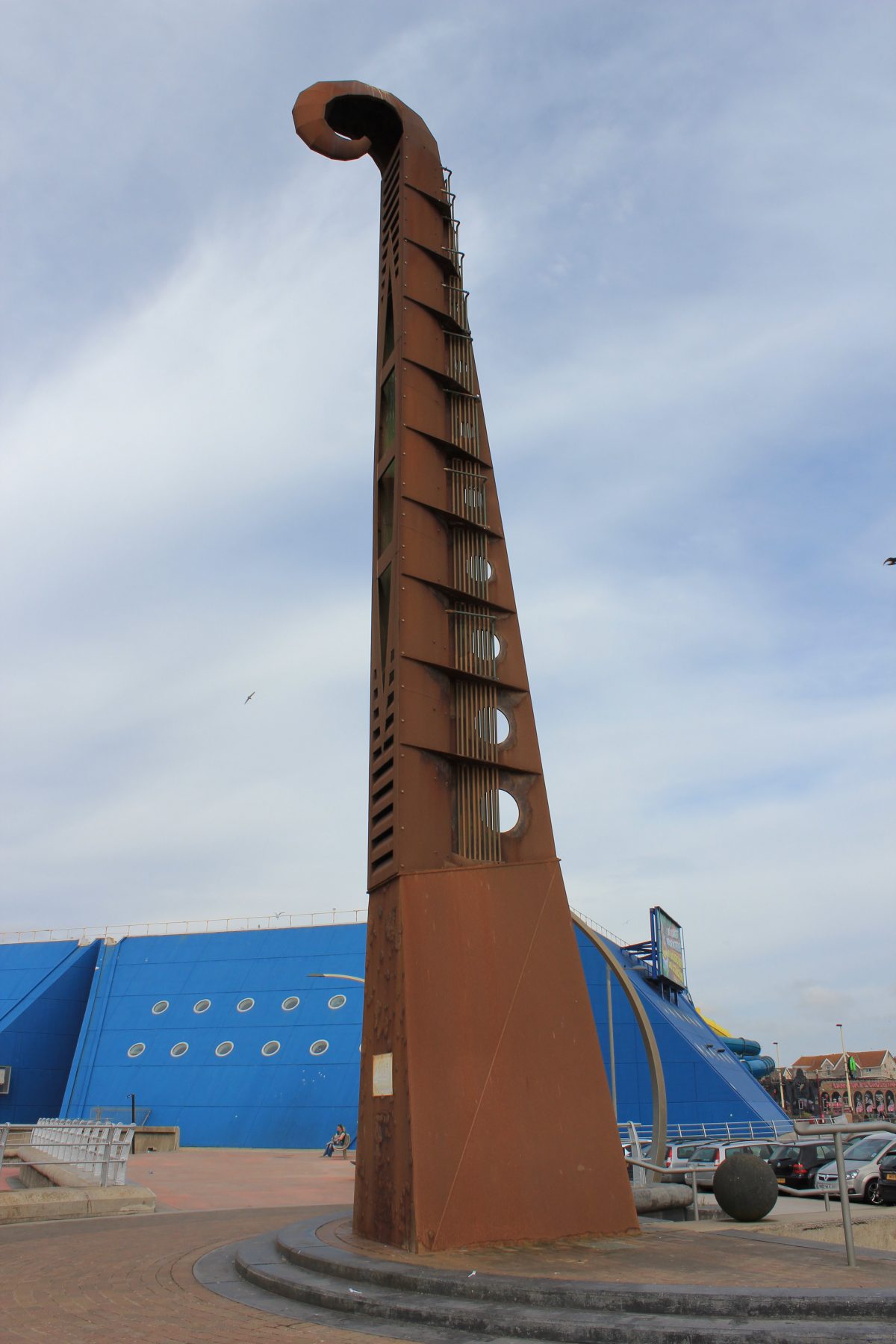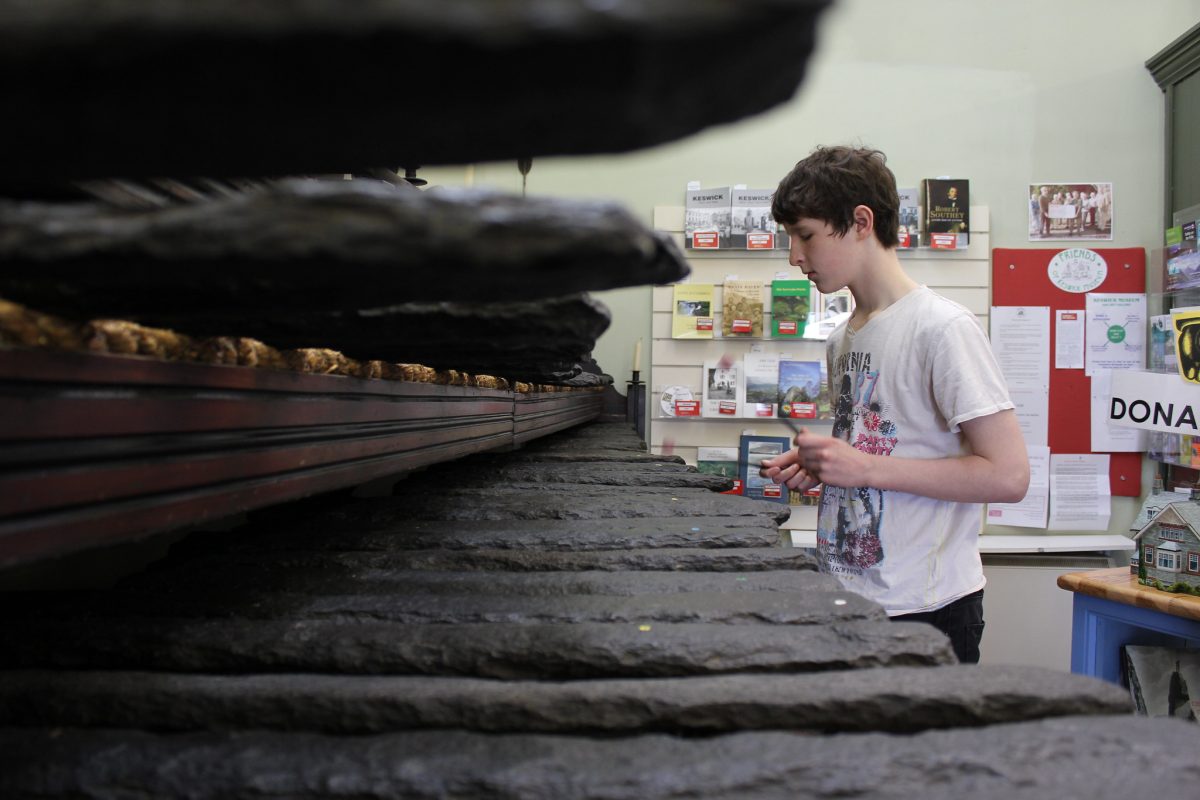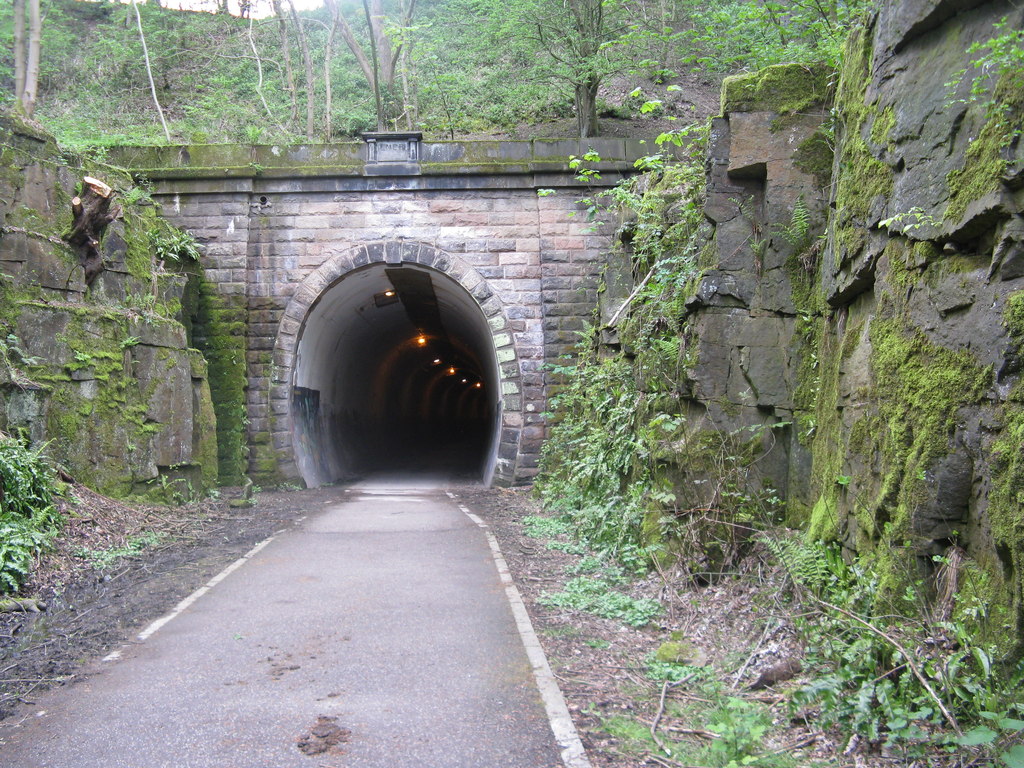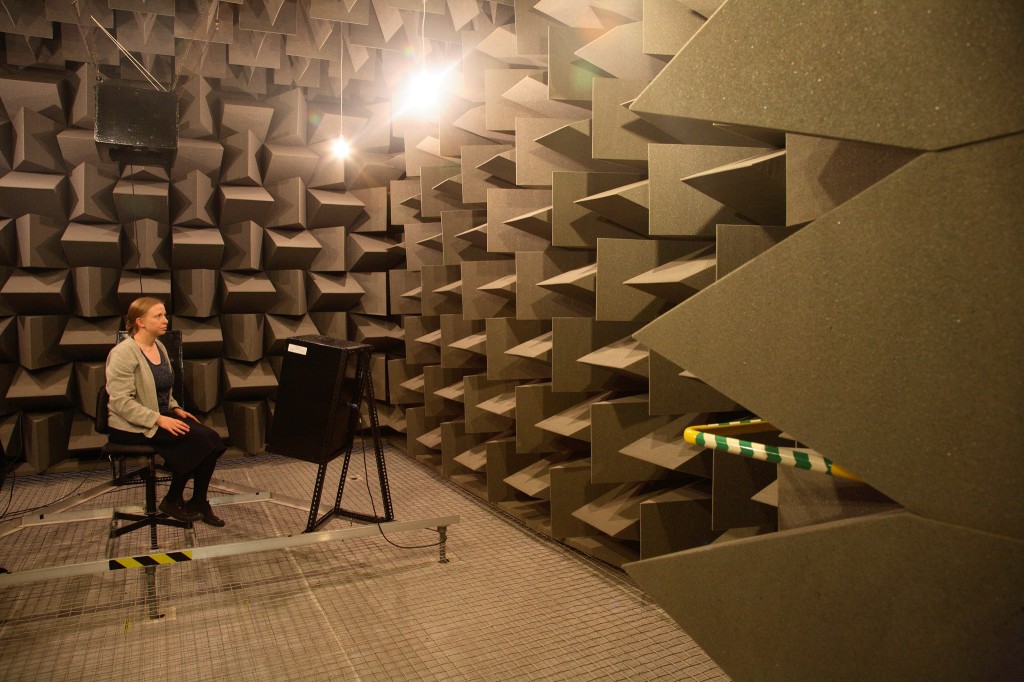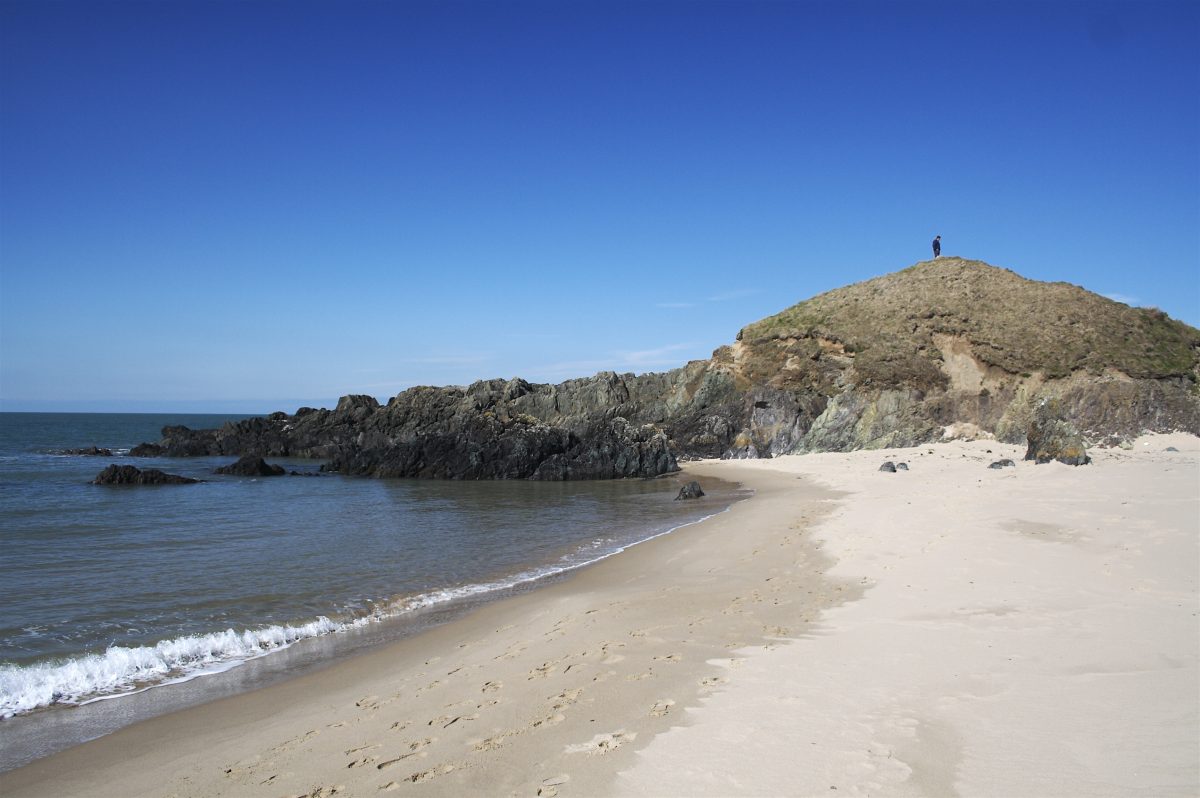Doubt not but God who sits on high,
Thy secret prayers can hear;
When a dead wall thus cunningly
Conveys soft whispers to the ear.
Plaque in the gallery
Classic whispering galleries usually have obvious curved surfaces to allow sound to travel long distances without getting too quiet. This isn’t what is happening here. As the video shows you have a tunnel within which the sound can’t escape, and so travels easily from one side of the cathedral to the other.
The first documentation of this comes a meeting of the Royal Society in 1662. Such scientific luminaries as Robert Boyle (a founder of modern chemistry) had been discussing echoes and sounds and sought further information about the whispering gallery from politician Henry Powle.
Logistics
See Gloucester Cathedral website. While you’re there, you can also enjoy the reverberation in this huge cathedral (reverberation time about 8 seconds apparently).


